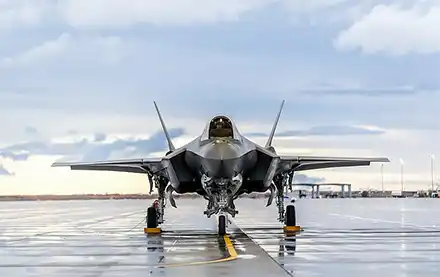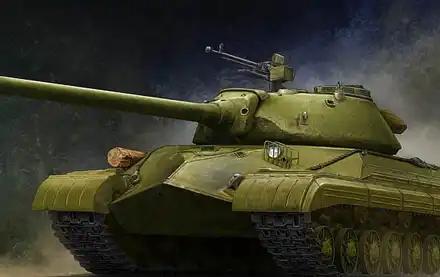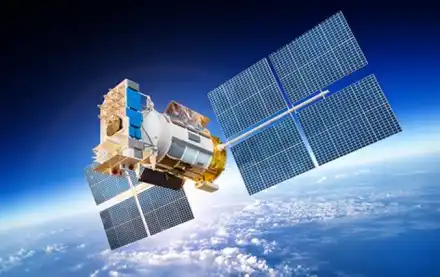




Cesare

The Convair B-36 "Peacemaker" is a strategic bomber that was built by Convair and operated by the United States Air Force (USAF) from 1949 to 1959. The B-36 is the largest mass-produced piston-engined aircraft ever built. It had the longest wingspan of any combat aircraft ever built, at 230 ft (70 m).
Of the nearly 400 examples built, only 4 intact examples remain. Despite its record size, the B-36 was largely overshadowed by its more famous predecessor, the B-29, and its long-lived successor, the still-flying B-52. The Peacemaker never saw combat and was only in service for 11 years.
The B-36 became a platform for engineers to create even stranger aircraft. It helped test the delta wing design for what would become the Mach 2-capable B-58. One was converted to carry, launch and capture a modified F-84, like a sort of flying aircraft carrier.
A cargo version was built, the even more enormous double-deck XC-99. Though it never entered mass production, the prototype was used by the Air Force for eight years.
The U.S. Army Air Corps specifications for this very heavy, long-range nuclear bomber required it to have a top speed of 450 mph, a service ceiling of 45,000 feet, carry a 10,000-pound bomb load, and fly non-stop for 12,000 miles.
This would enable the super bomber to strike targets in Europe from air bases in the United States and return to their home base without refuelling.
Bids were issued to the Boeing Aircraft Company, and also to Consolidated Aircraft, the ultimate winner of the B-36 contract.
Design
The B-36 took shape as an aircraft of immense proportions. It was two-thirds longer than the previous "superbomber", the B-29. The wingspan and tail height of the B-36 exceeded those of the 1960s Soviet Union's Antonov An-22, the largest ever propeller-driven aircraft put into production. Only with the advent of the Boeing 747 and the Lockheed C-5 Galaxy, both designed two decades later, did American aircraft capable of lifting a heavier payload become commonplace.
The wings of the B-36 were large even when compared with present-day aircraft, exceeding, for example, those of the C-5 Galaxy, and enabled the B-36 to carry enough fuel to fly the intended long missions without refuelling.
The large, slow-turning propellers interacted with the high-pressure airflow behind the wings to produce an easily recognizable very-low-frequency pulse at ground level that betrayed approaching flights.
Addition of jet propulsion
Beginning with the B-36D, Convair added a pair of General Electric J47-19 jet engines suspended near the end of each wing; these were also retrofitted to all extant B-36Bs. Consequently, the B-36 was configured to have 10 engines, six radial propeller engines and four jet engines, leading to the B-36 slogan of "six turnin' and four burnin' ".
Due to its massive size, the B-36 was never considered sprightly or agile; Lieutenant General James Edmundson likened it to "sitting on your front porch and flying your house around".
In 1949, the B-36 was featured in the documentary film, Target: Peace, about the operations of the 7th Bombardment Wing at Carswell AFB. Other scenes included B-36 production at the Fort Worth plant.
The B-36 was pulled from service in 1959 after only 11 years. It was replaced by the main competition to the YB-60, the YB-52.
Strategic Air Command is a 1955 American film starring James Stewart as a Major League Baseball star and World War II veteran who is called back to active duty to become a B-36 pilot and flight commander for SAC.
The documentary Lost Nuke (2004) chronicles a 2003 Canadian expedition that set out to solve the mystery of the world's first lost nuclear weapon. The team travelled to the remote mountain site of the 1950 British Columbia B-36 crash.
General characteristics
Crew: 13
Length: 162 ft 1 in (49.40 m)
Wingspan: 230 ft 0 in (70.10 m)
Height: 46 ft 9 in (14.25 m)
Wing area: 4,772 sq ft (443.3 m2) [47]: 54–55 
Airfoil: root: NACA 63(420)-422; tip: NACA 63(420)-517[69]
Empty weight: 166,165 lb (75,371 kg)
Max takeoff weight: 410,000 lb (185,973 kg)
Powerplant: 6 × Pratt & Whitney R-4360-53 Wasp Major 28-cylinder 4-row air-cooled radial piston engines, 3,800 hp (2,800 kW) each for take-off
Powerplant: 4 × General Electric J47 turbojet engines, 5,200 lbf (23 kN) thrust each in pylon mounted pods outboard of piston engines
Propellers: 3-bladed Curtiss Electric constant-speed fully-feathering pusher propellers
Performance
Maximum speed: 435 mph (700 km/h, 378 kn)
Cruise speed: 230 mph (370 km/h, 200 kn)
Combat range: 3,985 mi (6,413 km, 3,463 nmi)
Ferry range: 10,000 mi (16,000 km, 8,700 nmi
Service ceiling: 43,600 ft (13,300 m)
Rate of climb: 1,995 ft/min (10.13 m/s)
Armament
Guns: 1 remotely operated tail turret with 2× 20 mm (0.787 in) M24A1 autocannon
Bombs: 86,000 lb (39,000 kg) with weight restrictions, 72,000 lb (33,000 kg) normal